Louis Vuitton Information Guide
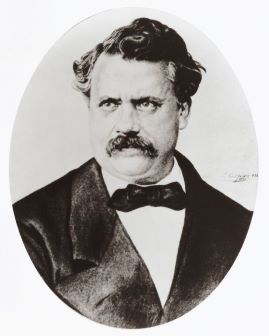
Louis Vuitton
In 1837, at just 16, Louis Vuitton arrived in Paris after a challenging upbringing. His father was a farmer, and he lost his mother at 10. At 14, he left home and undertook a 2 year journey on foot to seek a better life. Upon arriving in Paris, he apprenticed with Monsieur Maréchalat, a workshop specializing in box making and packing. In an era when carriages and trains dominated travel and luggage was often mishandled, craftsmen like Vuitton were in demand for their meticulous packing skills. His reputation grew after he was commissioned by the wife of Napoleon Bonaparte III, allowing him to serve the royal and elite of Paris. In 1854, he opened his first shop on Rue Neuve des Capucines. Vuitton worked diligently until his death in 1892 at the age of 72, leaving the company to his son, Georges.
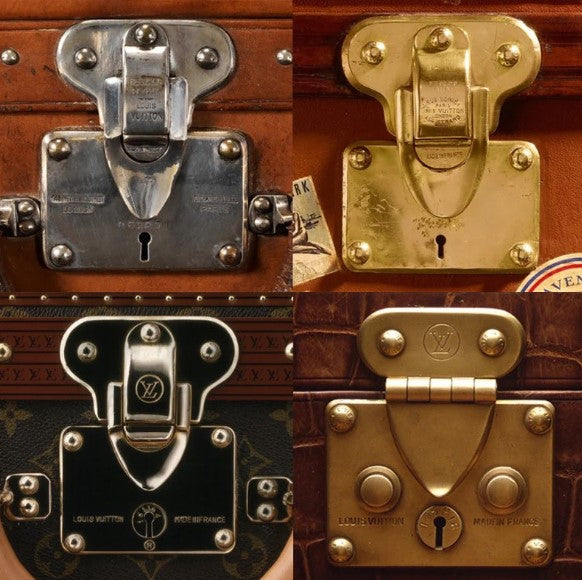
Louis Vuitton Locks
In 1886, Georges Vuitton invented and patented a revolutionary locking system that effectively thwarted theft during travel. This innovative Tumbler lock was designed to be nearly impossible to pick, offering travelers peace of mind for their belongings. Georges was so confident in its effectiveness that he publicly challenged renowned escape artist Harry Houdini to break free from it, but Houdini never accepted the challenge, further enhancing the lock's reputation. Today, this ingenious locking mechanism is still used in many of Hermès' luxury luggage pieces, showcasing Georges Vuitton's enduring impact on travel security and the brand's commitment to quality and reliability in the luxury market.
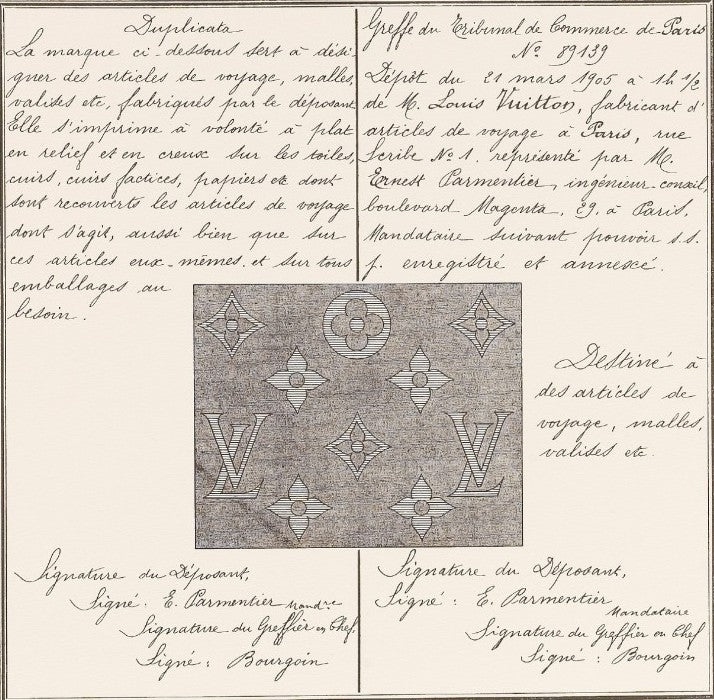
LV Monogram Trademark
In 1896, in honor of his father’s memory, Georges Vuitton created the iconic LV monogram. The monogram features a distinctive pattern of interlocking LVs, quatrefoils, and floral motifs, reflecting the brand's elegance and heritage. By this time, the House of Vuitton had gained significant popularity, which unfortunately also attracted numerous counterfeiters. The introduction of the new monogram was a strategic move to not only protect the brand’s identity but also to establish its global recognition in the luxury market. This emblem quickly became a symbol of authenticity and prestige, further solidifying the brand's legacy in the fashion industry.
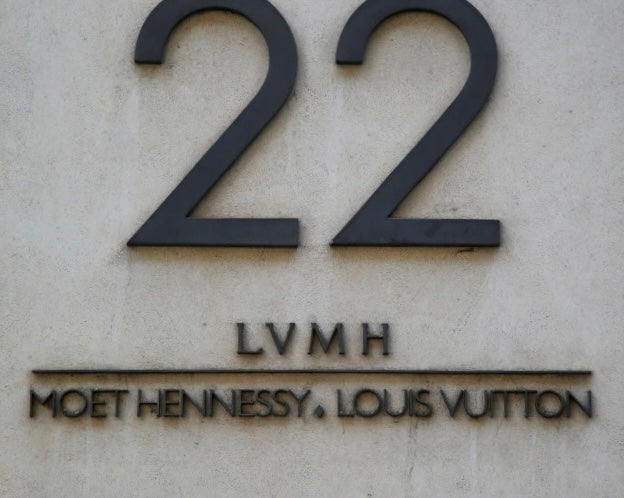
LVMH Conglomerate
In 1987, Louis Vuitton joined forces with Moët Hennessy, resulting in the creation of the LVMH conglomerate, a pivotal moment in the luxury goods industry. This merger marked the beginning of an expansive journey that would redefine luxury branding. Today, LVMH stands as the largest luxury conglomerate in the world, encompassing 75 distinct brands across six diverse business groups. Among these esteemed labels are some of the most renowned names in fashion and luxury, including Christian Dior, Fendi, Givenchy, Celine, and Tiffany & Co. This strategic alliance has allowed LVMH to thrive as a powerhouse of luxury, continually shaping the market while maintaining a commitment to quality, craftsmanship, and innovation across its vast portfolio.
Louis Vuitton Bags
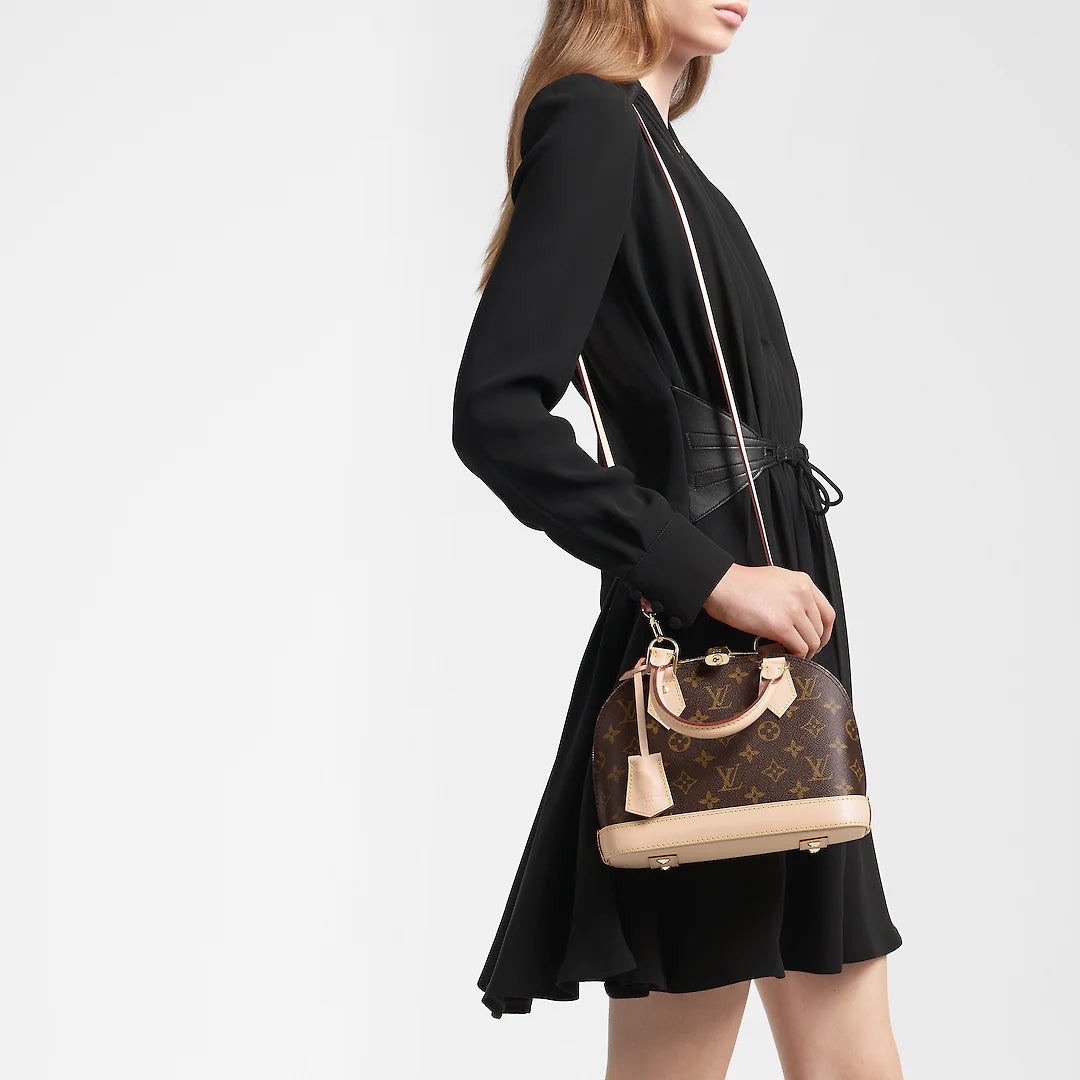
Alma
In 1925 Chanel commissioned her own custom LV bag which was originally called the Squire bag. The bag was dome shaped and designed to hold just your personal belongings unlike their large travel pieces. It wasn’t until 1934 when Chanel allowed them to release the handbag for mass production to the public. It was redesigned throughout the years, renamed Champs-Élysées, and then finally named the Alma. The iconic bag became so popular it has been created in BB, PM, MM, and GM sizes. Today, it comes in BB and PM.
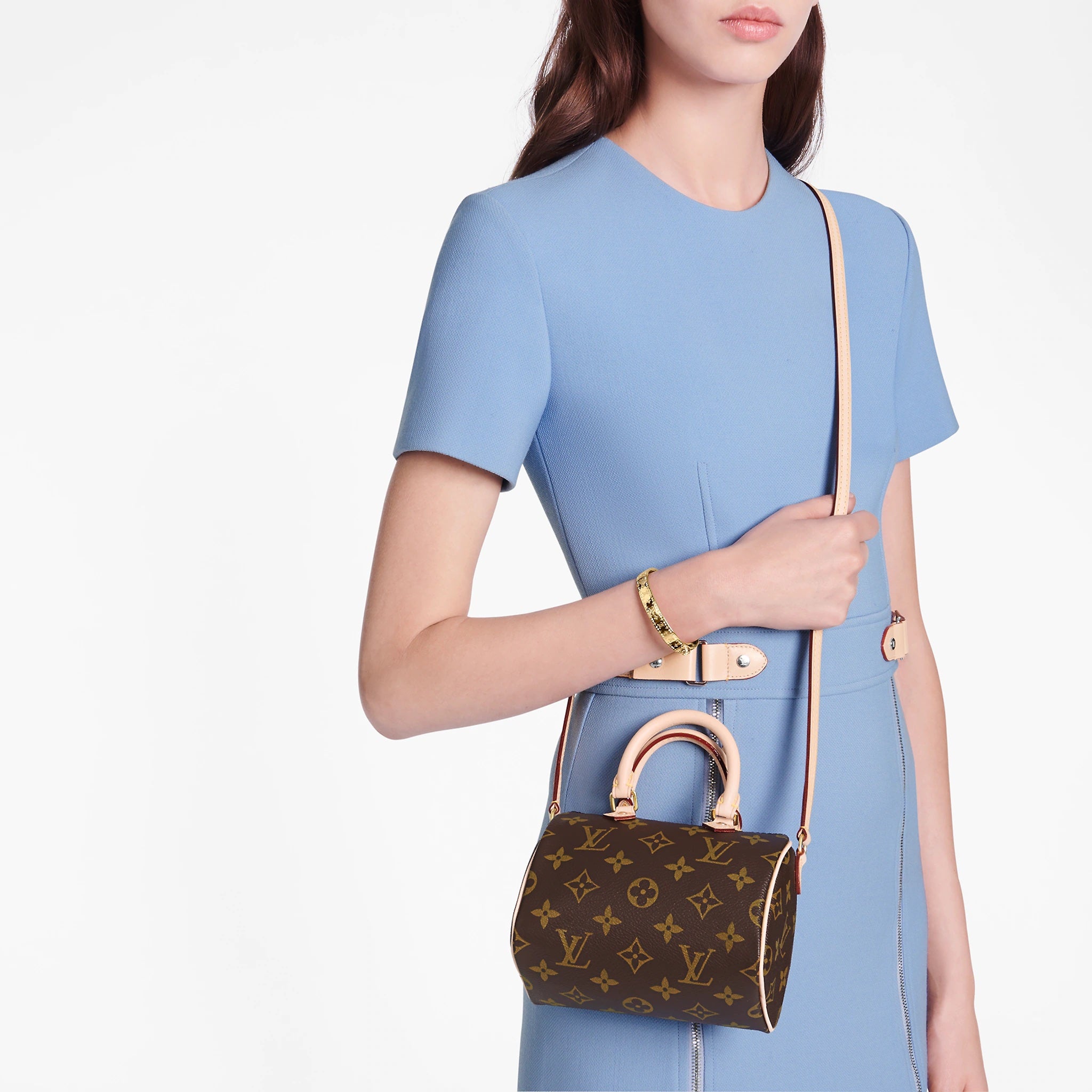
Nano Speedy
In 1930 Georges created the Keepall for shorter trips. That same year he shrunk the bag to carry personal items and called it the Express. Although the bag was smaller than other luggage bags, it was still considered luggage. Follwing the success of Breakfast at Tiffany’s, Audrey Hepburn requested that they shrink the bag further so that she could carry it on a daily basis and the Speedy 25 was born. It now comes in the sizes nano, 20cm, 25cm, 30cm, and 35cm.
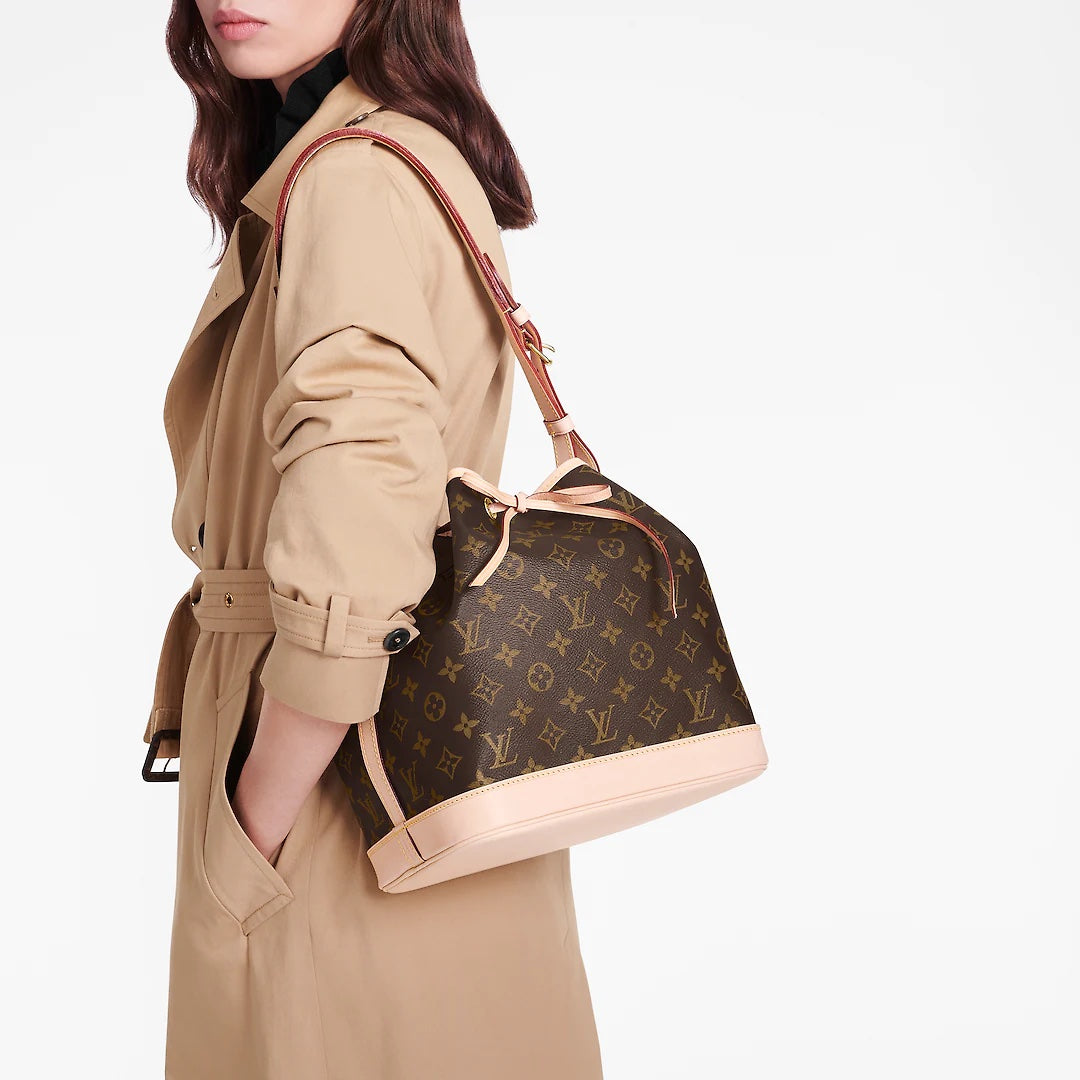
Noé
In 1932, the Noé bag was created by Gaston Vuitton, George’s son. He designed the bag with a reinforced bottom and drawstring closure to carry 5 champagne bottles without breaking. The bag was able to carry 4 bottles sitting upright and one upside down in the center. Today, the bag comes in the sizes Nano, BB, Petite, and the largest called simply “Noé” which is the original size meant to carry champagne.

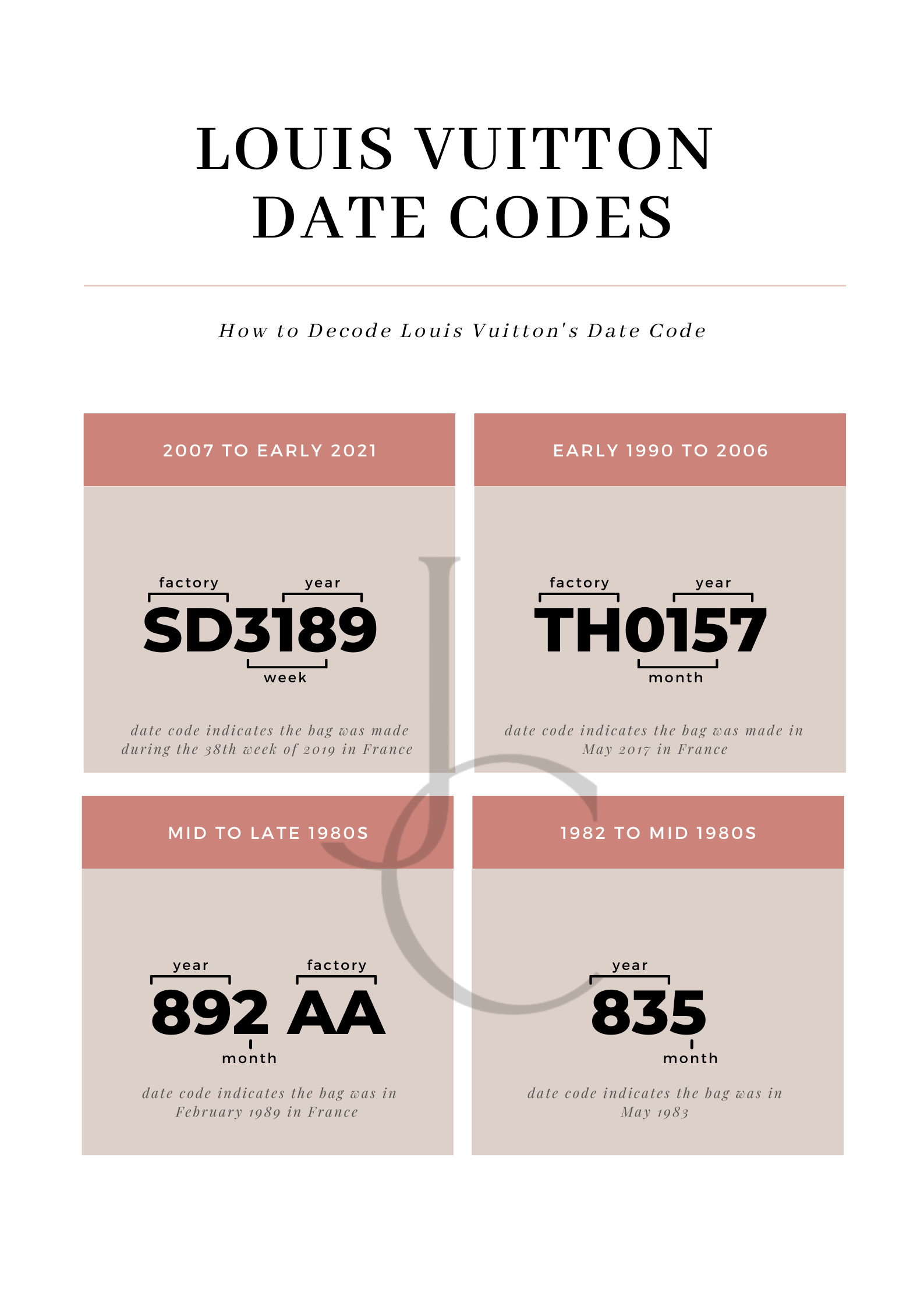
| Louis Vuitton Date Codes & Factories | |
|---|---|
| France | A0, A1, A2, AA, AAS (Special Order), AH, AN, AR, AS, BA, BE, BJ, BU, DR, DU, CO, CT, ET, FL, LM (2019 onwards), LA (2019 onwards), LW, MB, MI, NO, RA, RI, SA, SD, SF, SL, SN, SP, SR, TJ, TH, TR, TS, TY, VI, VX |
| Italy | BC, BO, CE, FO, MA, PL, RC, RE, SA, TB, TD, NZ |
| Spain | BC (2015 onwards), CA, JJ (mostly straps), LO, LB, LM, LW, GI, UB |
| United States | FC, FH, LA, OS, SD, TX, FL |
